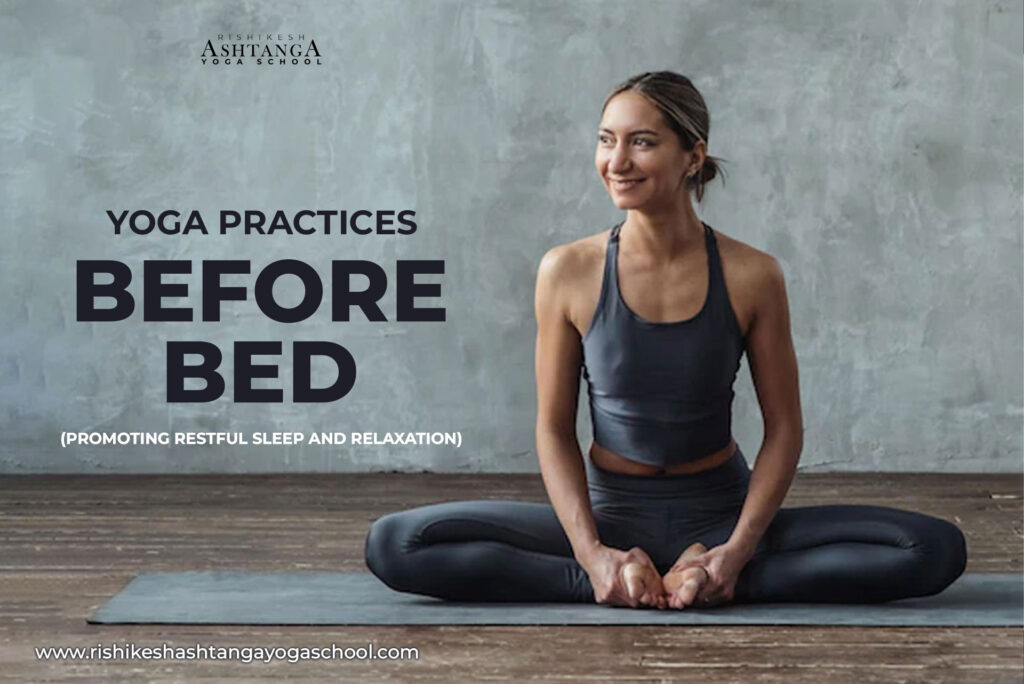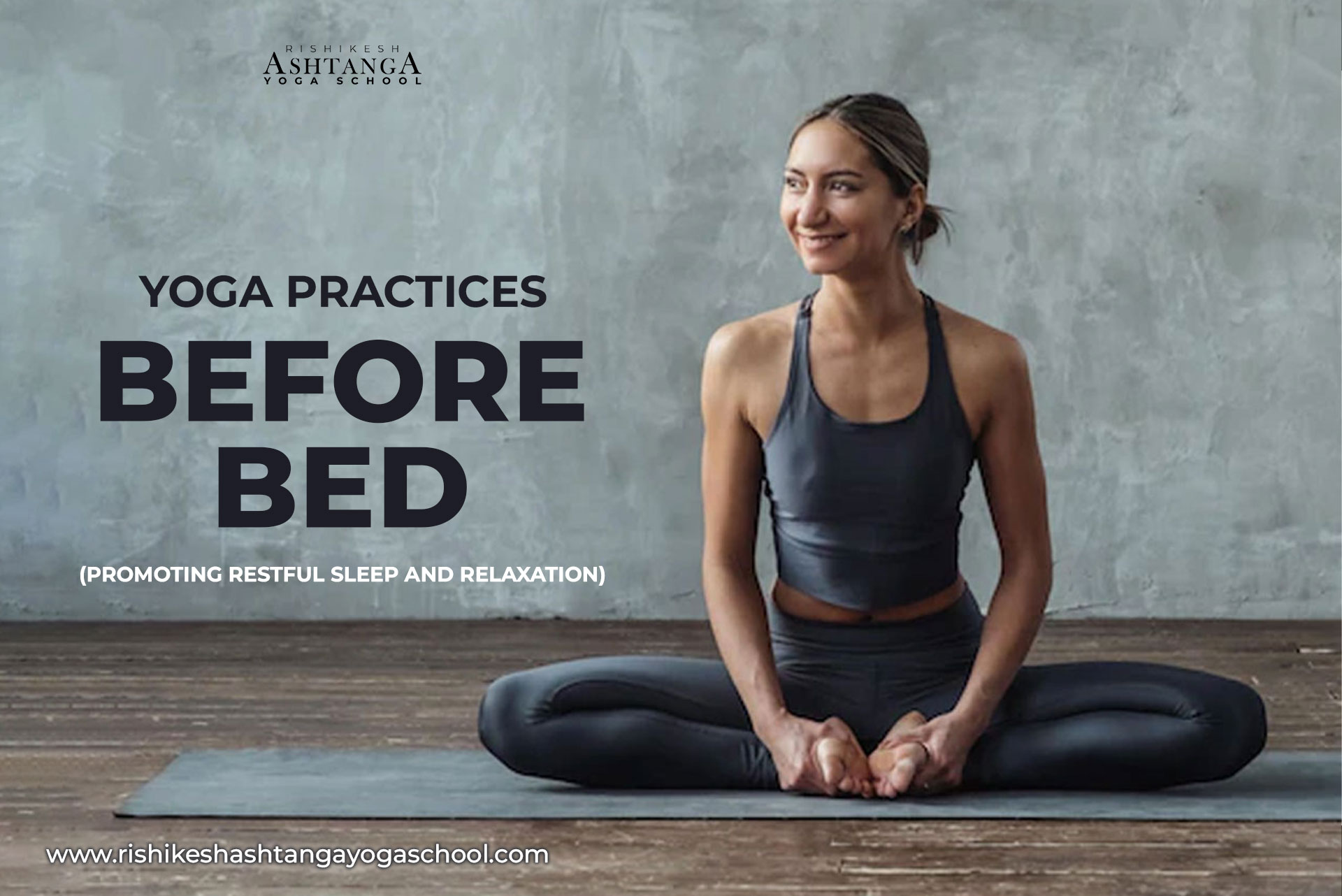

In our fast-paced and busy lives, it can often be challenging to unwind and prepare our minds and bodies for a restful night’s sleep. Stress and insomnia often go hand in hand, creating a challenging cycle that can significantly impact our overall well-being. Stress, whether it’s caused by work, relationships, or other factors, can lead to sleep disturbances, while the lack of quality sleep can further exacerbate stress levels.
How is your stress level connected to your sleep patterns?
- The Stress Response: When we experience stress, our bodies activate the “fight-or-flight” response, releasing hormones like cortisol and adrenaline. While this response is essential for survival in acute situations, chronic stress can disrupt our natural sleep-wake cycle, making it difficult to fall asleep or stay asleep.
- Racing Thoughts: Stress often leads to a racing mind, filled with worries, anxieties, and a constant stream of thoughts. These intrusive thoughts can make it challenging to relax and quiet the mind, further interfering with the ability to fall asleep.
- Physical Tension: Stress can cause muscle tension and physical discomfort, making it uncomfortable to find a restful sleep position. Pain and discomfort can contribute to difficulty falling asleep or staying asleep throughout the night.
How can Yogic practice help?
Incorporating yoga practices into our bedtime routine can be a wonderful way to relax, release tension, and promote a peaceful transition into slumber. In this article, we will explore a variety of yoga practices that are particularly beneficial before bed, helping you establish a soothing and rejuvenating pre-sleep ritual.
- Gentle Stretching and Movement: Begin your bedtime yoga routine with gentle stretching and movement to release built-up tension in the body. Simple movements like neck rolls, shoulder rolls, and gentle twists help alleviate any stiffness or tightness that may have accumulated throughout the day. Flowing through a few rounds of Sun Salutations or practicing gentle yoga sequences like Cat-Cow Pose or Child’s Pose can also help to relax the body and calm the mind.
- Forward Folds and Hip Openers: As you transition into deeper relaxation, incorporate forward folds and hip-opening poses into your practice. These poses, such as Standing Forward Bend (Uttanasana) and Butterfly Pose (Baddha Konasana), release tension in the lower back, hips, and hamstrings. Forward folds also promote introspection and a sense of surrender, allowing you to let go of the day’s worries and invite a state of tranquility.
- Restorative Poses: Restorative yoga poses are particularly effective in preparing the body and mind for sleep. These poses involve the use of props, such as blankets, bolsters, and blocks, to support the body in gentle, comfortable positions that encourage deep relaxation. Some restorative poses to try before bed include Legs-Up-the-Wall Pose (Viparita Karani), Supported Bridge Pose (Setu Bandha Sarvangasana), and Reclining Bound Angle Pose (Supta Baddha Konasana). These poses activate the body’s relaxation response and help calm the nervous system, promoting a sense of peace and serenity.
- Deep Breathing and Pranayama: Practicing deep breathing exercises and pranayama techniques can significantly contribute to a state of relaxation before sleep. One effective technique is the 4-7-8 breath: inhale deeply through your nose for a count of 4, hold the breath for a count of 7, and exhale slowly through your mouth for a count of 8. This breath pattern activates the parasympathetic nervous system, triggering a relaxation response in the body. Other calming pranayama techniques include Nadi Shodhana (Alternate Nostril Breathing), Abdominal breathing or full Yogic breathing. Bhramari can also help to calm the nervous system and enhance the parasympathetic mode.
- Mindfulness and Meditation: Before you settle into bed, spend a few moments in mindfulness and meditation. Find a comfortable seated position or lie down in a supported position. Close your eyes and bring your attention to the present moment, focusing on your breath or repeating a calming mantra or affirmation. Engaging in guided meditation or using meditation apps can also be beneficial in guiding your practice. Meditation cultivates a state of mental clarity, promotes inner stillness, and helps quiet the mind, making it easier to transition into a deep and restful sleep.
- Limit Stimulants and Establish a Wind-Down Routine: Avoid stimulants like caffeine, nicotine, and electronic devices close to bedtime, as they can interfere with sleep. Instead, establish a wind-down routine in the hour before bed, focusing on relaxing activities and dimming lights to prepare your body for sleep.
- Create a Worry Journal: If racing thoughts keep you awake at night, try writing down your worries and concerns in a journal before bed. This practice can help offload your mind, allowing you to release thoughts and worries and gain a sense of closure before attempting to sleep.
- Create a Sleep-Friendly Environment: Make your bedroom a sleep-friendly space by ensuring it is cool, dark, and quiet. Consider using blackout curtains, earplugs, or a white noise machine to minimize external disruptions. If possible light a small lamp when you go off to sleep as it helps to purify the immediate surroundings that bring a feeling of serenity and well-being.
Our Teacher Training course at Rishikesh Ashtanga Yoga School will help you to instill this Yogic Routine into your daily life as the course demands a lot of physical and mental intensity which will help the practitioner to maintain a level of discipline. Our expert Yog gurus will guide you to a path of a calm and composed mind through breathing and meditation techniques. They will also help you guide through the basic muscles to be stretched to release the stored tension on a daily basis to melt into a deep relaxation state. Join us for our upcoming Yoga TTC course.
Remember, consistency is key when establishing a bedtime yoga routine. Aim to dedicate a specific time each night to practice these calming yoga techniques. As you cultivate this ritual, your body and mind will gradually associate these practices with sleep and relaxation, making it easier to wind down and drift off into a peaceful slumber. Sweet dreams!
